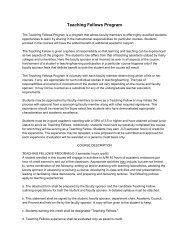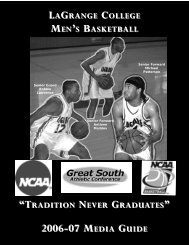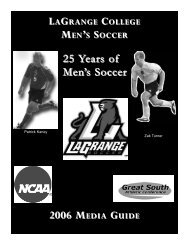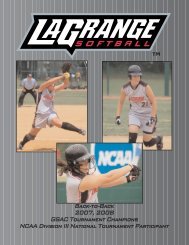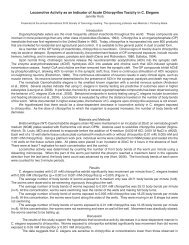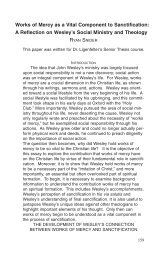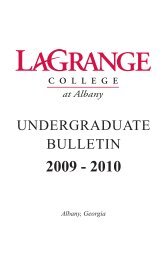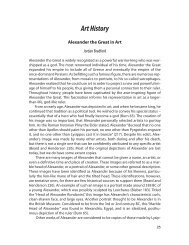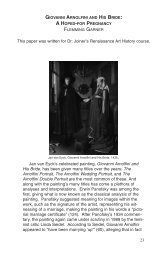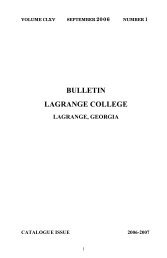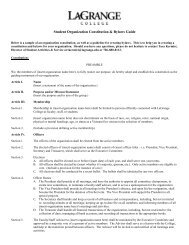The Speed of Light: Historical Perspective and Experimental Findings
The Speed of Light: Historical Perspective and Experimental Findings
The Speed of Light: Historical Perspective and Experimental Findings
You also want an ePaper? Increase the reach of your titles
YUMPU automatically turns print PDFs into web optimized ePapers that Google loves.
TRENT SCARBOROUGH AND BEN WILLIAMSON<br />
the speed <strong>of</strong> light must be finite. Alhazen affirmed that light is<br />
movement; therefore it is at one instant in one place <strong>and</strong> at<br />
another instant in another place. Since it is impossible for light<br />
to be in both places at the same time, the transmission <strong>of</strong> light<br />
cannot be instantaneous. Sir Francis Bacon stated in 1620<br />
“Even in sight, where<strong>of</strong> the action is most rapid, it appears that<br />
there are required certain moments <strong>of</strong> time for its accomplishment…<br />
[for there are] things which by reason <strong>of</strong> the velocity <strong>of</strong><br />
motion cannot be seen – as when a ball is discharged from a<br />
musket…” <strong>The</strong>re was still uncertainty seen by Bacon’s contemporary,<br />
Johann Kepler. Kepler was famous for his work on planetary<br />
motion. Kepler reasoned that since light could be propagated<br />
into illimitable space, it required no time. Since light did<br />
not need time, it was immaterial <strong>and</strong> could <strong>of</strong>fer no resistance to<br />
a moving force. Thus according to Aristotelian mechanics (a now<br />
archaic form <strong>of</strong> mechanics that would be superseded by<br />
Newtonian mechanics at least 40 years after Kepler’s death)<br />
light must have an infinite velocity. 2<br />
<strong>The</strong> First Experiments to Determine the <strong>Speed</strong> <strong>of</strong> <strong>Light</strong><br />
A contemporary <strong>of</strong> Kepler <strong>and</strong> Bacon, was Galileo Galilee.<br />
Galileo was the first person to actually attempt to measure the<br />
speed <strong>of</strong> light. Galileo devised that two people should go st<strong>and</strong><br />
with covered lanterns a known distance apart. When one uncovered<br />
their lantern, the other would quickly uncover his lantern<br />
<strong>and</strong> the time difference would be measured. After testing this<br />
experiment at a distance less than one mile, Galileo concluded:<br />
“I have not been able to ascertain with certainty whether the<br />
appearance <strong>of</strong> the opposite light was instantaneous or not; but if<br />
not instantaneous it is extraordinarily rapid – I should call it<br />
momentary.” 2 It could be said that Galileo at least established a<br />
lower limit for the speed <strong>of</strong> light. It is known today that about a<br />
thirtieth <strong>of</strong> a second is the minimum time interval distinguishable<br />
by the unaided, human eye. <strong>The</strong>n Galileo’s experiment put a lower<br />
limit <strong>of</strong> about 9.65 x 10 4 meters per second (m/s) on the speed <strong>of</strong><br />
light; which is about 3000 times less than the currently accepted value.<br />
Renee Descartes sought to get an actual number by greatly increasing<br />
the distance. Descartes proposed that if light was finite with time<br />
than eclipses <strong>of</strong> the moon would be visible on earth later than when<br />
the sun, moon <strong>and</strong> earth were calculated to be in a straight line. When<br />
no delay was detected, Descartes proceeded to declare that light<br />
must be instantaneous. 3<br />
185




